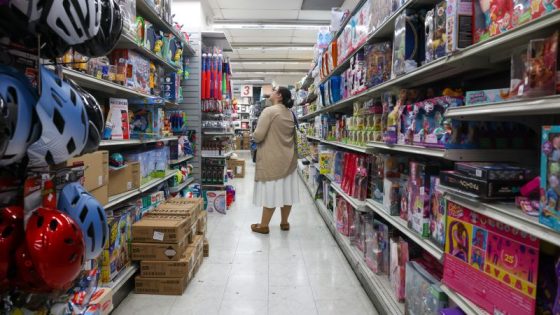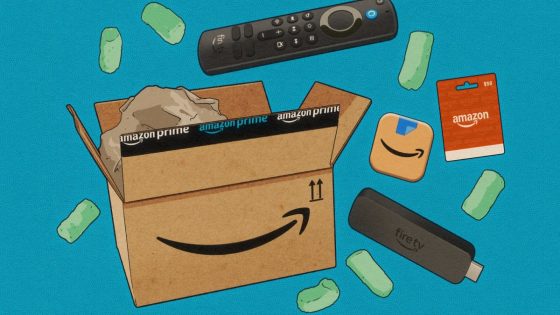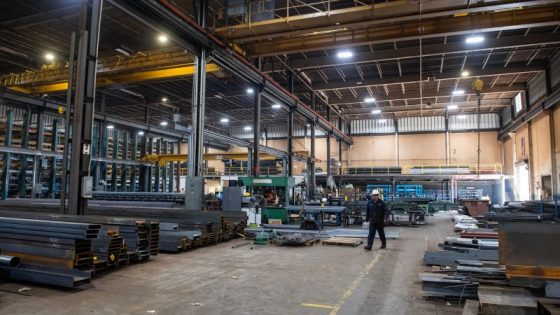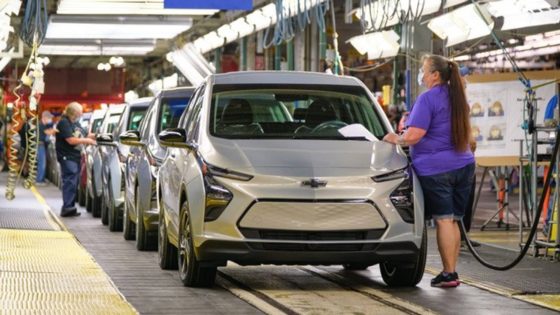In a surprising turn of events, Americans continue to spend despite the economic pressures from President Donald Trump’s tariffs. Retail sales in the U.S. rose by 0.6% in June, rebounding from a significant decline in May. This uptick suggests resilience among consumers, even as inflationary pressures loom.
- Retail sales rose 0.6% in June.
- Car dealership sales increased by 1.2%.
- Inflation-adjusted sales grew only 0.3%.
- Restaurant spending indicates consumer confidence.
- Stock futures showed muted reactions.
- Consumer spending drives two-thirds of economy.
According to the Commerce Department, the June figures exceeded economists’ expectations of a mere 0.2% increase. Notably, sales surged at car dealerships, reflecting a 1.2% rise, which could indicate a robust consumer confidence. However, when adjusted for inflation, the increase is more modest at 0.3%, raising questions about the sustainability of this spending trend.
As of 2025-07-17 16:33:00, analysts are closely monitoring consumer behavior, especially as tariffs begin to impact prices. Will Americans continue to spend, or will economic pressures force them to cut back?
As consumers drive about two-thirds of the U.S. economy, the current spending habits raise critical questions. Will this trend hold up, or are we witnessing a temporary spike? Key points to consider include:
- Global markets are watching U.S. consumer behavior closely.
- Inflation could dampen spending in the coming months.
- Tariffs may lead to increased prices, affecting discretionary spending.
- Consumer confidence remains a crucial indicator for economic health.
Looking ahead, the interplay between consumer spending and inflation will be pivotal for economies around the globe. Stakeholders must remain vigilant and adaptable to navigate these evolving economic landscapes.

































